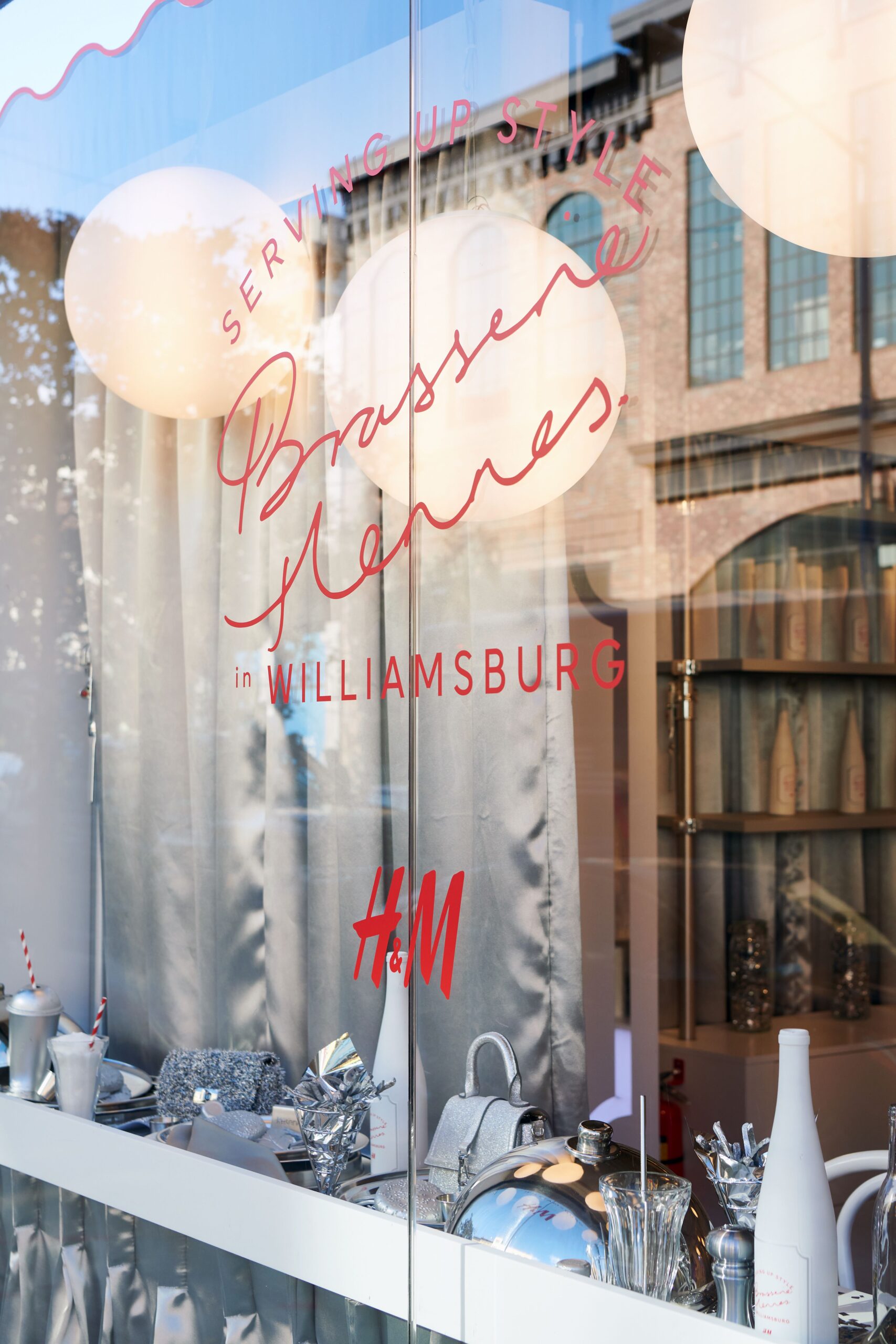
Shoppers are used to walking into an H&M store and seeing endless clothing racks under fluorescent lights.
But the Swedish mega-retailer took a different approach with its year-long Williamsburg retail experiment. H&M’s new 7,000 sq. ft store, which opens Nov. 18, doesn’t look like an H&M — and that’s the point. Instead of a deluge of merchandise, on the floor is a limited assortment of shoes, sweaters and dresses lit up by an interactive snowflake light projection. The retailer is hoping a curated, event and stylist-centric store will help elevate its image and brand amongst the fashion set.
“What we’re aiming to achieve in general is to target a fashion-forward young customer,” said Linda Li, head of customer activation and marketing for H&M Americas.
Though H&M has toyed with a number of retail formats including a high-tech boutique in Berlin, historically, the retailer’s biggest in-store focus has been on maximising transactions.
Instead, the Williamsburg location will emphasise increasing consumer engagement and order size, with store associates trained in styling and dressing rooms with “Clueless”-esque RFID-enabled mirrors that suggest additional items to users alongside their reflection.
The store will be based around visual themes H&M is calling “chapters” and merchandising edits that will shift every four to 12 weeks. The first edit, based on its holiday campaign “Brasserie Hennes,” features restaurant-inspired setup in-store. As well, the retailer hopes to use the space as a centre for events like VIP activations and dinners, or stay open late with DJ sets for shoppers.
H&M joins a growing number of fashion brands that have flocked to the Brooklyn neighbourhood with experience-focused or small-format stores, including Urban Outfitters, J.Crew and Levi’s in the early 2010s and more recently Patagonia, Ganni, Nike, Glossier and Hermes. It will play off the neighbourhood by bringing yet-to-be confirmed local merchants, makers and partners in, first, through a holiday market from Dec. 1 to Dec. 30.
“There’s a reason why a lot of players are entering [Williamsburg]: it’s about that customer base — it’s about the neighbourhood … the community that has popped up in Williamsburg is just such an interesting, eclectic, unique mix,” said Li.
The move comes as brands big and small remap their brick-and-mortar strategies in a post-pandemic environment and simmering e-commerce boom.
“The role of the store is changing. And I think every single brand — it doesn’t matter if you’re a brick and mortar, traditional brand, it doesn’t matter if you’re a digital first brand — You’re thinking about what the role of the store is,” said Li.



